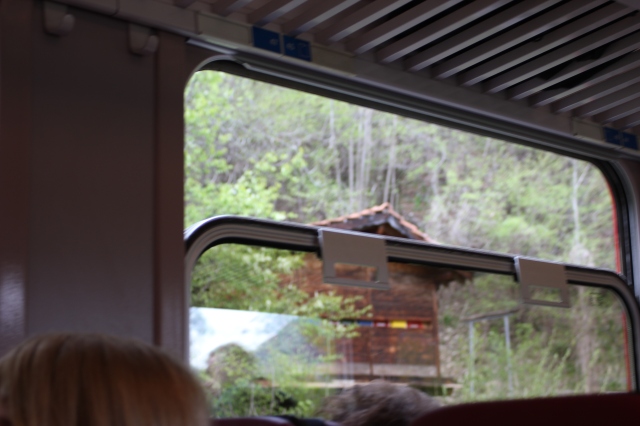I’ve just been reading up about thermal imaging – in particular the FLIR camera lens for IOS.
There is a great article here http://honeybeesuite.com/thermal-images-of-winter-bees/ – this blog from Rusty is so good that every beekeeper should read it – regularly. One aspect that caught my attention was the fact she said it was male beekeepers sending her these geeky images. At school and beyond I have often found myself more in tune with males than females and I certainly lust after this wonderful lens. However, there is a certain irony in the fact a hive of honeybees is female dominated.
I think part of the intrigue I have for this is the level of information it can give. At our volunteer project sited at Hughenden Manor in Buckinghamshire, UK we constantly strive to impart our knowledge to our visitors. So many seem as concerned as we are for the plight of the bees and yet we cannot easily show them the fascination of the inside of the hive without risking stings.
This video https://youtu.be/0_Vj-i8kSII is from another interested beekeeper and shows some stills over winter 2011 / 2012. he explains he has removed some data as he was interested in the position of the cluster and the different temperature profiles in different hives – such as polystyrene versus wooden. With an indication of temperature in different parts of the hive location of the colony should be straightforward in winter without diturbing the colony. It should also be possible to determine whether there is ny brood present – for example last winter I avoided giving oxalic acid treatment because the bees seemed still to have young. The additional data from a thermal image would be great.
It crosses my mind that if a local beekeeping group had access to such a camera – whether a BKA or a volunteer group such as that which runs our project – then letting others use that camera or lens can gve quite a number of people the extra knowledge that helps them manage their colonies effectively. A continuous recording of thh data is not really necessary. In winter, a beekeeper thermal imaging safari round the apiaries of several beekeepers could be very interesting. I wonder whether there is anyone out there who could lend us a camera or lens? Perhaps a supplier or manufacturer would let us borrow one in exchange for photos they could use for advertisement? FLIR seem to be market leaders, but I wonder whether GOPro have any intention to move into this area?
Certainly it is something I will share with the project at our next meeting. I doubt we can justify the expense though the help it could provide with our educational remit could be significant. It looks as though the man who posted the thermal images has had to give up beekeeping – read why here http://mikesbeekeeping.blogspot.co.uk/





